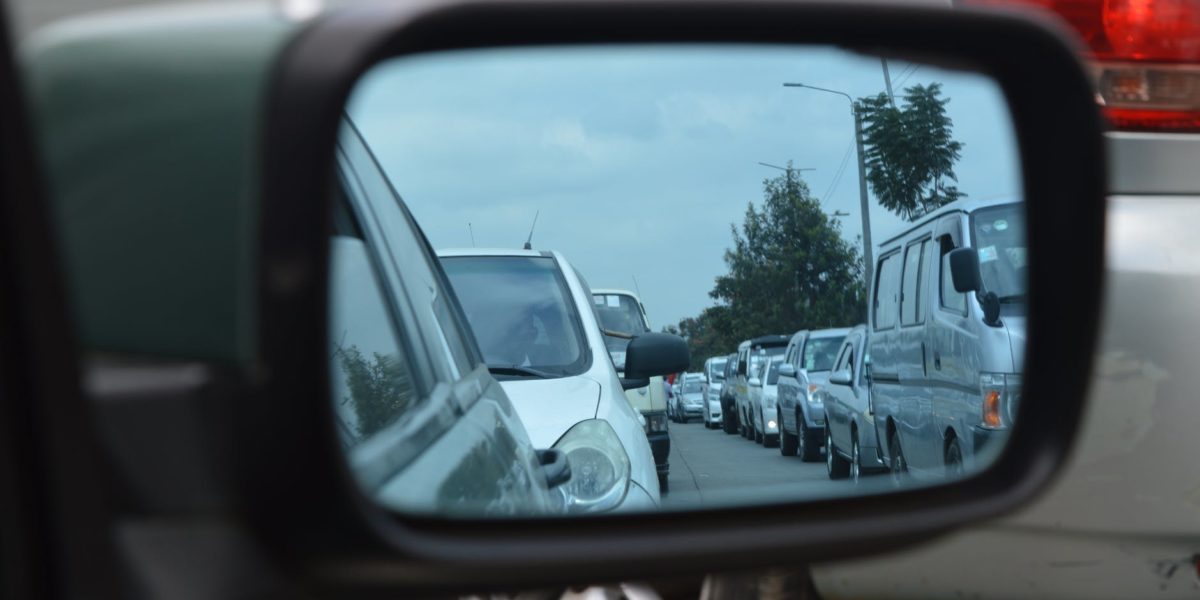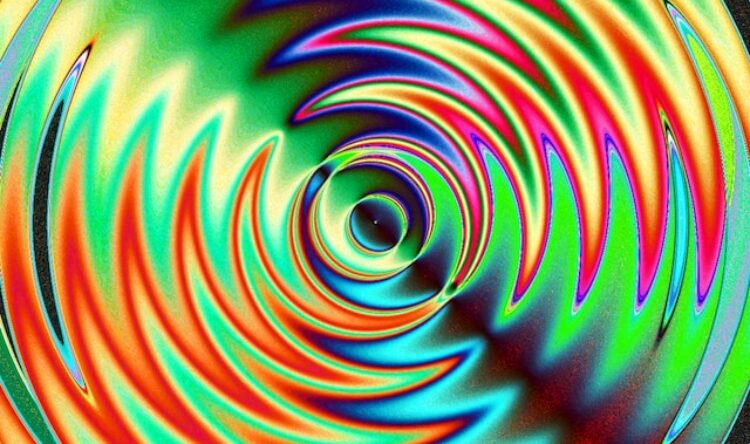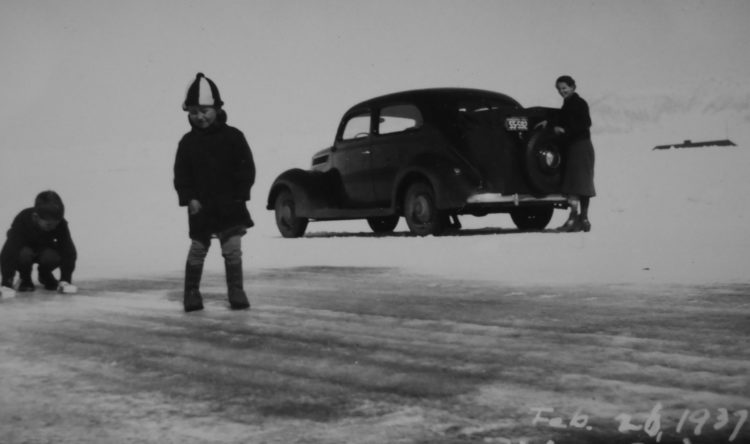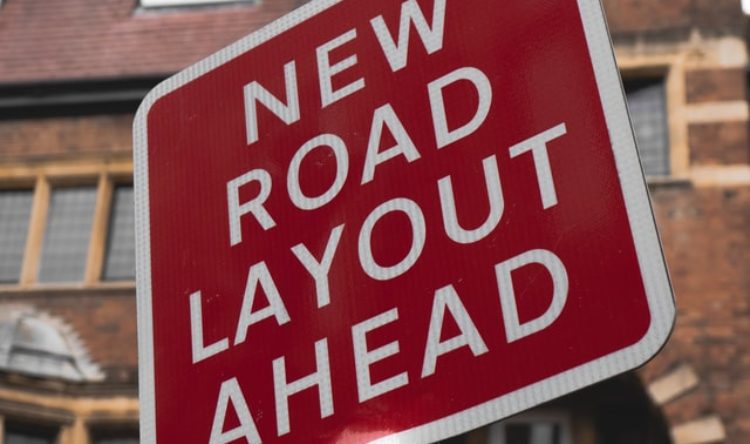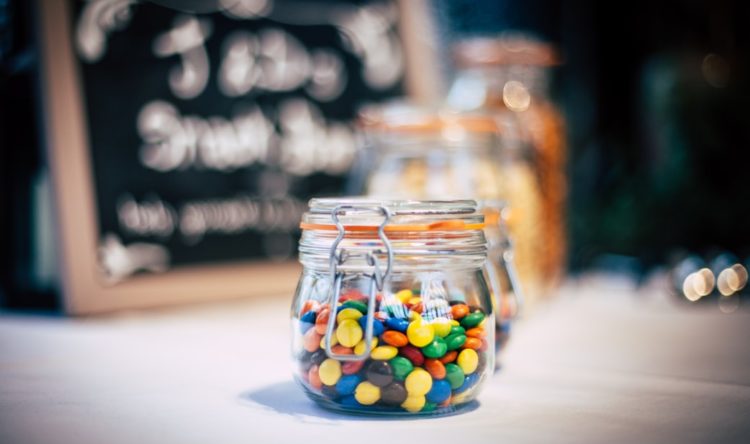No.2: Mirror, Mirror…Pt2
Okay pop pickers, this series analyses the ‘Top 10’ test failures, giving you some tips on teaching to help pupils avoid them in the future
Mirrors have featured in the top three reasons for test failure ever since the lists were published. Following on from last month’s initial look at the reflective issues, I look further into what test candidates fail to see and act on when they look what’s going on behind. Last time, I identified three key reasons why learners might be failing to use their mirrors effectively:
The instructor is unaware that the driver’s mirror use is weak.
The driver does not know why the mirrors should be used.
The driver has been allowed too much un-checked sole responsibility for mirror use before a solid habit pattern of use has been established.
We covered the first of these last month, so now let’s consider the second two reasons.
Looking Good
Sometimes, the driver does not know why the mirrors should be used. As I mentioned last week, rote learning is not enough to cure this problem…
Question: “Why should we use our mirrors?”
Answer: “To see what’s behind”
Okay, a correct answer, but a very superficial explanation. If that’s the answer you get when asking your learners about the mirrors, then you can expect problems. I have encountered instructors who explain the ‘when’ of mirror use extremely well, making sure that their customers know that mirrors are used before:
● Giving signals
● Changing direction
● Changing speed
● Stopping
● Overtaking
● Opening doors
This is carried out to spot for any potential danger or hazard. Unfortunately, many instructors fail to get the WHY information across, and the HOW of mirror use is often not fully explained either. The reasons for using mirrors in any given situation can be easily explained to learners using simple ‘what if’ questions. For example, before the learner opens the car door you might ask: “What if a car or a cyclist is approaching?”. Suggesting the scenario in which there is a specific hazard will help most learners to understand why mirrors are essential in that situation. You might even reverse-engineer
by asking: “What risks might be present when opening a car door and how can you minimise them?”. When asking the “Why do we use our mirrors?” question, you should be expecting an answer something like “To make sure that it’s safe to… (Whatever)”. If you are not getting an answer like this, the chances are that your learner does not yet fully understand the risks that mirror checks can help prevent.
Check the Make-Up
With regard to how mirrors should be used, it’s common practice to teach that mirrors are used in pairs. It’s a useful guideline but isn’t always true. What about the occasions where a brief door mirror check is all that is required? Or situations where the left door mirror might give more information than the other two combined at some right turns (or vice-versa)? Teach your customers to use their mirrors the way that you use them yourself (you do use your mirrors don’t you?)!
Un-checked Reflections
Your learners are responsible for their own mirror checks; after all, they are driving the car. But even the ‘best’ learners can become so engrossed in what is happening ahead that they neglect what is happening behind. This is why it is essential to develop a strong mirror ‘reflex’. With this in mind you are responsible for helping the development of a ‘mirror reflex’. Develop the reflex by using questions to prompt (rather than direct instruction which can create dependence). Take care with questions on the move; questions requiring a complex answer risk distracting the learner. However, your questions can be useful for directing attention. For example, a question like “What about the motorbike behind?” will prompt a mirror check and perhaps some action. But remember, a verbal answer is not always needed.
More Systematic Moves
Ironically, the MSM routine is perhaps one of the major causes of poor or insufficient mirror use. If you are familiar with Roadcraft you will know that the system of driving advocated by police training authorities has ‘information’ as a constant – this is both information in (scanning the road, mirrors, listening, feeling) and information out (signalling). As we are discussing mirrors here, I’m primarily interested in ‘information in’. There is a danger that the MSM routine can be taken as a literal model, resulting in drivers who follow it to the letter but still fail the driving test for mirror errors.
A routine for real life driving might be:
Mirrors: What’s happening behind? How will it affect me? Is it safe to do what I intend?
Signal: Share my intention with others.
Mirrors: “Are other road users responding to my signal?” “Is it safe to change position?” (if required)
Position: Change or maintain position.
Mirrors: “How are others responding to my position?” “Is it safe to change speed?”
Speed: Adjust speed accordingly.
Mirrors: “Is the situation stable behind?” Look, Assess, Decide: Gather final information and make a decision.
Mirrors: “Still OK?”
Act: Complete the manoeuvre.
Over the top? Perhaps this is in some situations. There are certainly occasions where I might choose to not check my mirrors at all as part of my routine, such as late on a dark night on a quiet country road. But saying that, a ‘reflex’ mirror check would probably kick in and I’d check the mirrors anyway. Again, in some situations a single mirror check may suffice. But the important issue is that learners understand that
MSM is an absolute minimum, not a strict model for good mirror use.
Next time: Top of the charts – Junctions.
